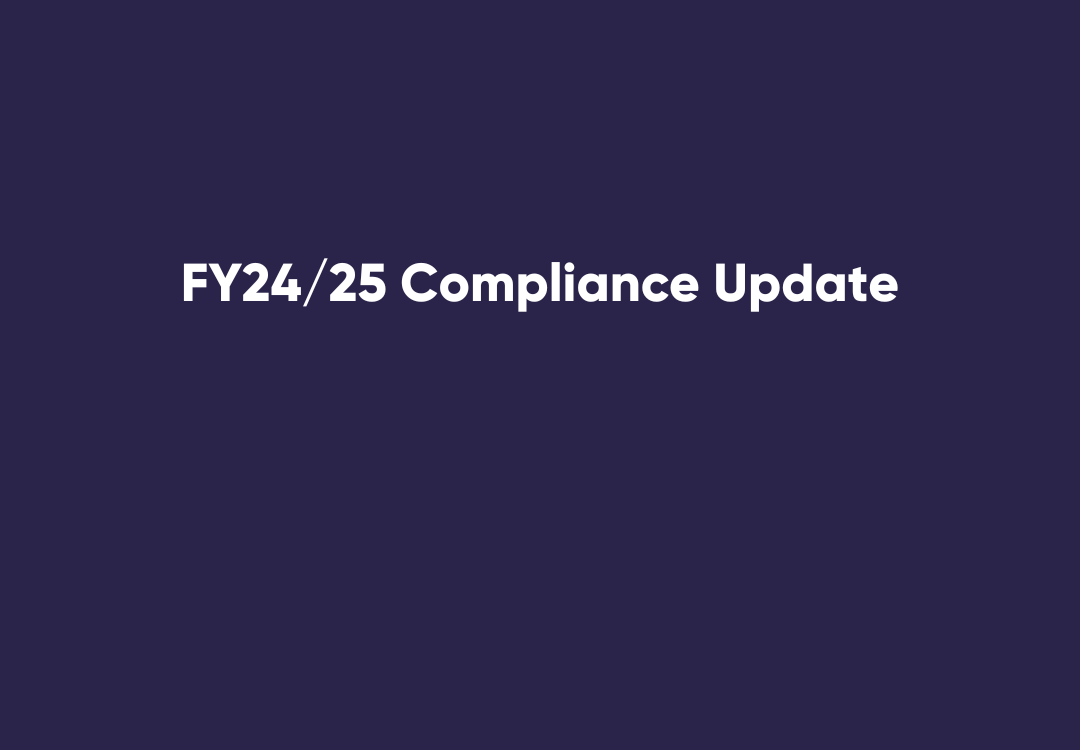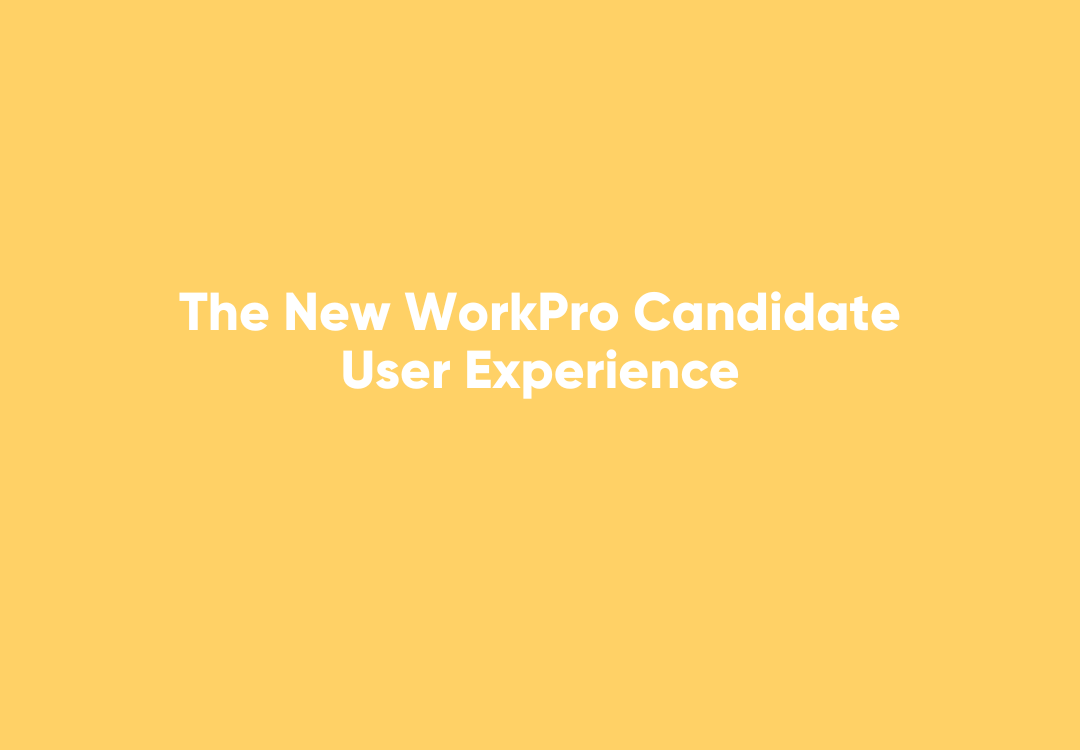Aged Care Industry Blog
Keep up to date with the latest news and industry updates on all things compliance for the Aged Care Industry.
Latest Articles

By Ziggy Dequito
•
August 20, 2024
As new technologies emerge, cybersecurity risks can also increase. Learn essential strategies for protecting sensitive employee data, ensuring regulatory compliance, and fostering a strong security culture within your organisation. Explore WorkPro's advanced security measures and commitment to safeguarding your data.

By Tania Romano
•
July 29, 2024
Streamline your police check process with WorkPro’s compliance solution. Enhance security, save time, and reduce administrative burdens by conducting fast, efficient background checks. Discover flexible payment options, bundling services, and seamless ATS integration for comprehensive compliance management.

By Tania Romano
•
July 12, 2024
Stay updated on workplace law changes effective from July 1st, 2024, including updates to the Fair Work Statement, minimum wage increases, and more. Learn how WorkPro helps you maintain compliance with updated Fair Work, Casual Employment, and Fixed Term Information Statements.

By Tania Romano
•
June 26, 2024
Discover how WorkPro’s comprehensive solutions helped leading companies like ManpowerGroup Australia, Horner Recruitment, and Oncore, streamline their compliance processes, including work rights checks and other background checks. Enhance your hiring efficiency and legal compliance today.

By Tania Romano
•
June 26, 2024
WorkPro helps businesses avoid common work rights check mistakes with automated background check solutions. As one of the first compliance software platforms to partner with the Department of Home Affairs and to trial VEVO, WorkPro’s citizenship and work rights check compliance solution has been trusted by thousands of businesses since 2009. This early adoption demonstrates our commitment to innovation and reliability, ensuring businesses can swiftly and accurately verify the work eligibility of their candidates.
Search Blogs
© Copyright 2025 WorkPro Privacy Policy | Terms of Service | Terms of access








